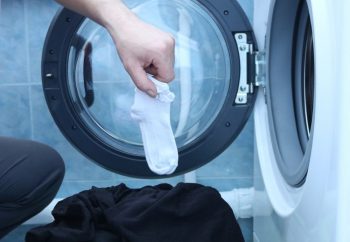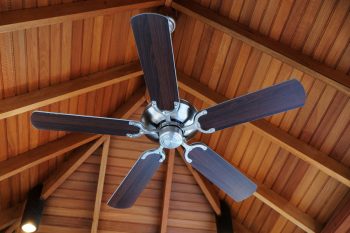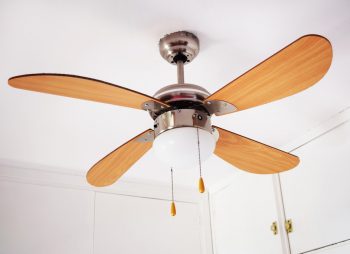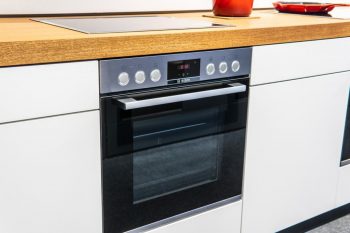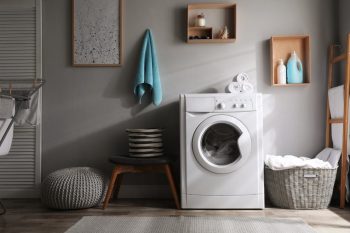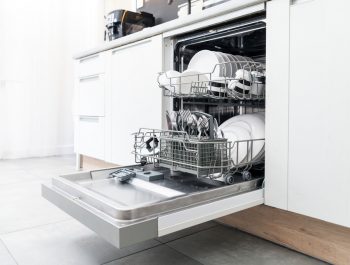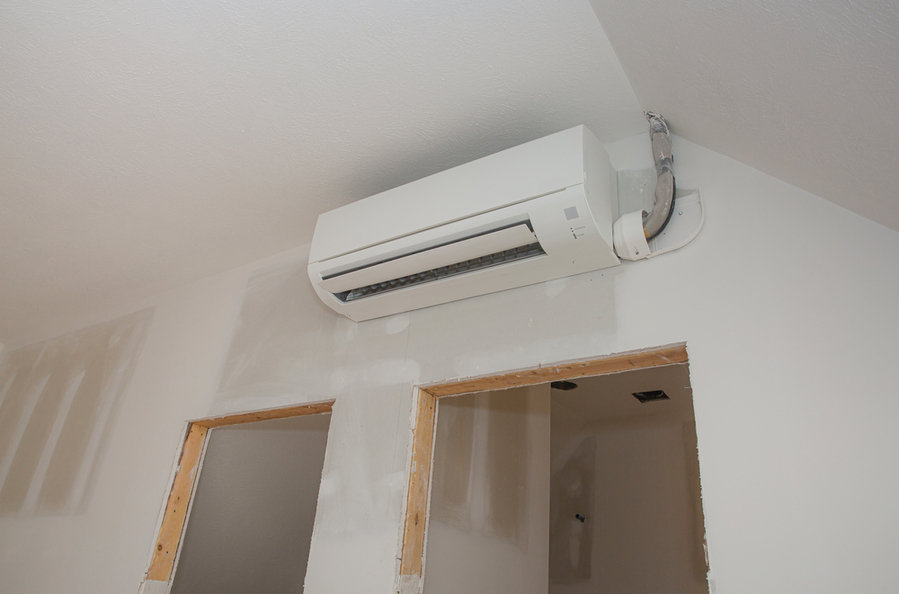
Mini-splits or ductless air conditioners are heating and cooling appliances that allow you to control the temperatures in individual rooms of a building. Their main advantages are flexibility for cooling or heating individual rooms, ease of installation, and energy efficiency. They have less ductwork than central air conditioners, making them a preferable interior design option.
With proper maintenance, a reputable brand’s mini-split can last you between 10 to 30 years. However, this doesn’t mean that you might not encounter issues once in a while. Most mini-split problems are caused by faulty installation, inadequate maintenance, and poor service procedures.
- Mini-splits or ductless air conditioners are heating and cooling appliances that allow you to control the temperatures in individual rooms of a building.
- Most mini-split problems are due to faulty installation, inadequate maintenance, power failure, and poor service procedures.
- The most common mini-split issues include smelly air from the mini-split, failure to turn on, mini-split not dehumidifying, noisy mini-split, and mini-split leaking water or refrigerant. Other problems include mini-split running but not blowing air and mini-split not heating or cooling adequately.
- While you can fix some of the mini-split issues, it is best to engage an HVAC technician to avoid making the problem worse.
- It’s possible to avoid many mini-split issues by ensuring professional installation, servicing the mini-split every year, hiring reliable experts for repairs, changing the air filter every 30-60 years, and clearing the area around the outdoor unit of the mini-split.
This article discusses the most common mini-split problems, their causes, and how you can fix them. Read till the end to learn the tips that can help you avoid these mini-split problems so that your ductless air conditioner can stay in excellent condition.
8 Common Mini-Split Problems and How To Fix Them
Your mini-split is bound to develop an issue at least once in its lifespan. As the introduction mentions, most mini-split problems result from faulty installation, inadequate maintenance, power failure, and poor service procedures.
You can fix some issues yourself, but in most instances, you’ll have to engage a professional HVAC expert to avoid making the problem worse. Let’s look at the common mini-split issues, their possible causes, and how you can fix them.
1. Smelly Air From the Mini-Split

Ideally, the air from your mini-split should be odorless. If you notice a weird smell in the air, the mini-split has an issue that needs addressing. If the air has a sweet scent, almost like vinegar, it could mean that the refrigerant is leaking.
Some refrigerants are environmentally destructive, while some, like propane, are highly flammable. Contacting a reliable HVAC professional to inspect and repair the issue causing the mini-split to blow smelly air is best.
If the air blown back into the house by the mini-split is musty, you’re dealing with mold or mildew. This might result from a clogged discharge pipe allowing absorbed water to stay stagnant in the drain pan. The professional will clean the drainage pan and pipe and check the refrigerant.
2. Failure To Turn On

Sometimes when you input your temperature requirements on the thermostat, the AC may fail to fire up as usual. Sometimes this might be due to a simple issue you can fix on your own, and other times it might be the electrical failure that requires you to bring in an expert.
Sometimes, the system might fail to turn on because an electrical cable is overtightened, loose, or damaged. Instead of panicking when your AC fails to turn on, you can try the following:
- Confirm that the remote batteries are okay and install new batteries if necessary.
- Confirm that the electrical wiring is secure and in the right place.
- Check whether the circuit breaker is on.
- Ensure the disconnect next to the outside unit is turned on.
If these troubleshooting tips do not bring the AC to life, you may need to call an HVAC expert.
3. Mini-Split Not Dehumidifying
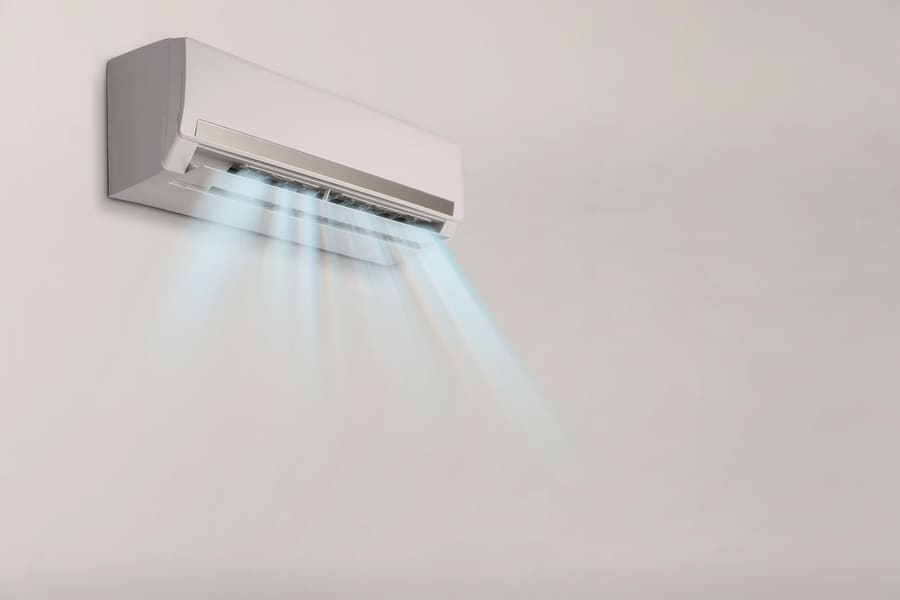
Aside from cooling and heating, a mini-split serves as a dehumidifier. Every ductless air conditioner has a condensation drain pan and a discharge pipe to remove the humidity from the air before it’s blown back into the house after cooling or heating. If your mini-split is not dehumidifying the air, it could be because the ductless AC is too large for the space it’s operating in.
In this case, the only solution is to have an HVAC professional change the system. Before replacing the mini-split, the expert must calculate the room’s cooling and heating load to ensure you buy a ductless system that is appropriately sized.
4. Noisy Mini-Split

It is usual for a mini-split to produce some form of noise during its regular operation. You may hear gentle humming or whirling, clicking or popping noises as the plastic housing of the mini-split indoor unit expands and contracts. However, you should get alarmed if your mini-split starts producing a squeaking noise on the outdoor unit.
A squeaking sound on the condenser unit could indicate that the compressor is damaged or that there are damaged or bent fan blades. Also, if you notice exaggerated swooshing sounds, it could mean that your system’s evaporator coil is covered with ice and that the ductless AC has gone into defrost mode.
Ice on the evaporator could indicate low refrigerant, a busted fan motor, or a dirty air filter. The best solution for a noisy ductless AC is to bring in an HVAC technician to make the necessary repairs.
5. Mini-Split Leaking Water
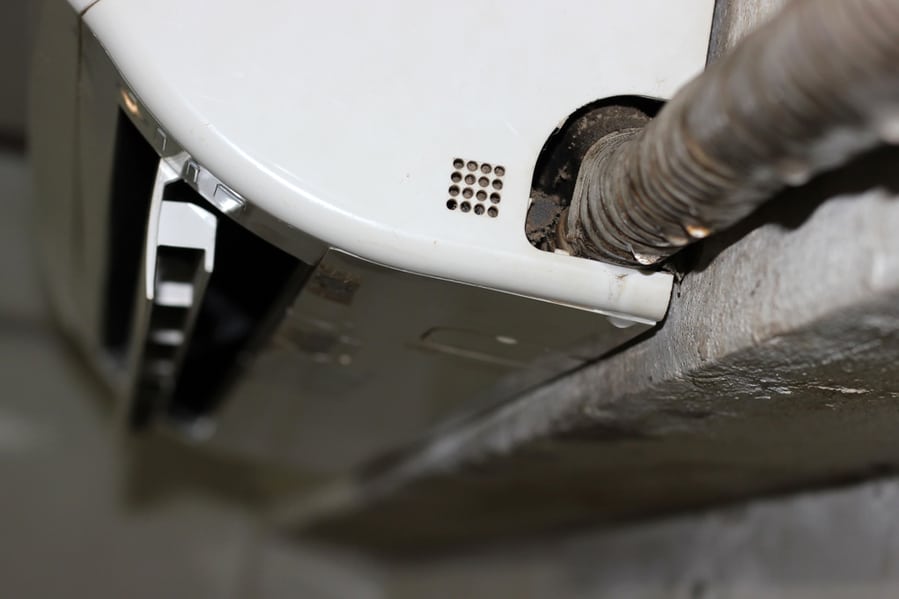
This indicates a damaged or clogged condensate pipe which facilitates mold growth that blocks the pipe further. Ideally, the condensate pipe drains the water the mini-split has dehumidified from the air inside the house. Clogging will cause the condensate pipe not to drain the water resulting in leakage.
You can solve this by pouring vinegar into the condensate drain to kill mold and unclog it. Alternatively, have an expert repair it for you.
6. Mini-Split Refrigerant Leaking
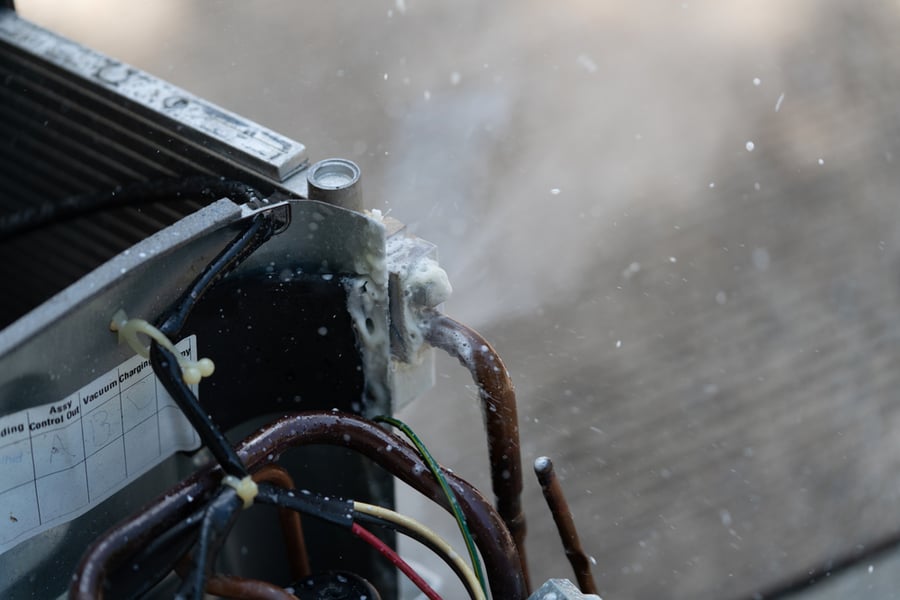
Refrigerant is crucial in cooling or heating air from the house. Each mini-split has an assigned refrigerant charge that you should not exceed or go below. In case of a leakage, the refrigerant in the mini-split will go below the charge the manufacturer recommends, reducing the system’s efficacy.
An indicator that the refrigerant is leaking is the production of lukewarm air from the mini-split because evaporator coils will freeze up or overheat. Only a trained technician can fix a refrigerant leak, charge the system with the correct amount of refrigerant per the AC manufacturer’s specification and then test the repair.
7. Mini-Split Running but Not Blowing Air

Sometimes, your mini-split could run well, but it’s not blowing cold or hot air back into the room. This indicates a busted motor or motor fan. Essentially, the motor fan is responsible for blowing back air into the room after it has been warmed or cooled by passing over the evaporator coil.
If the motor is damaged, the system will cool or warm the air, but the air will not be blown back into the house. This might cause the evaporator coil to over-cool or overheat. The only way to fix this problem is to have an HVAC technician replace the motor.
8. Mini-Split Not Heating or Cooling Adequately
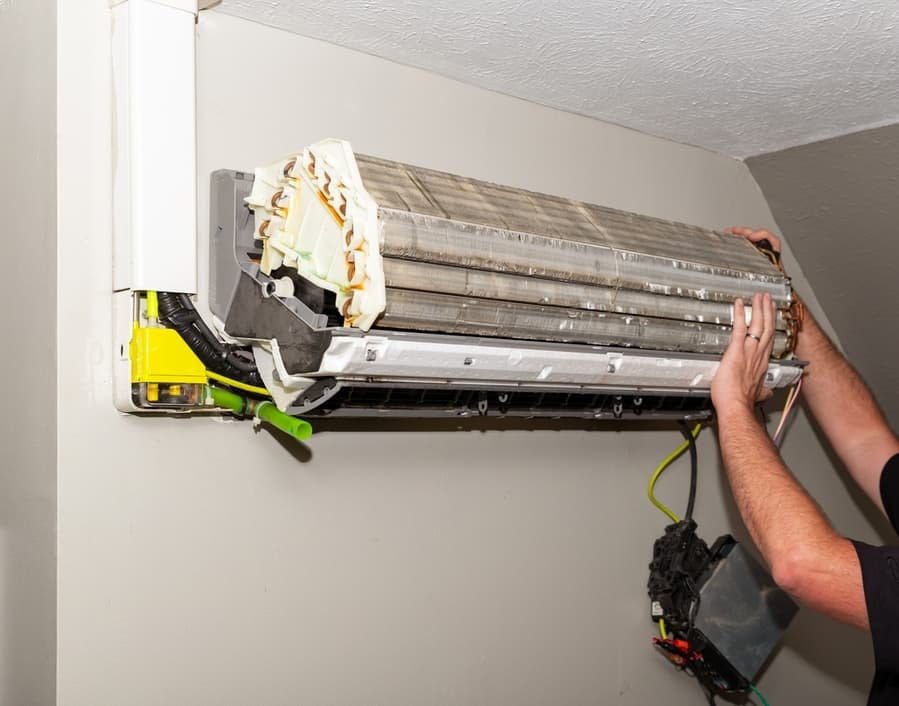
Installing a mini-split in your home or office regulates the temperatures to your comfort by cooling or heating the air. It can be frustrating when the ductless AC fails to perform its purpose. Failure to cool or heat air adequately results from a low amount of refrigerant, a damaged motor fan, a dirty filter, or the evaporator coil being iced over.
Try changing your filter if you haven’t changed it in the last one to three months, and if the problem persists, have a trusted professional inspect and repair the system.
How To Prevent Common Mini-Split Problems
Below are some fool-proof ways to prevent common mini-split issues and ensure that your ductless air conditioner stays in excellent condition for many years.
- Ensure professional installation.
- Only hire reliable HVAC experts to fix mini-split issues.
- Ensure mini-split servicing at least once a year. This will ensure that problems in the mini-split system are identified before they disable the mini-split functionality.
- Change the filter every 30-60 days.
- Ensure that the area around the condenser unit is free of debris, including rocks, leaves, animal fur, and grass. Such debris can damage the compressor and condenser fan blades.
- Use Econ mode when possible. This mode uses only 70% of the compressor capacity and turns off the compressor and fan once the desired temperatures are achieved. This reduces the wear and tear of the mini-split.
Conclusion
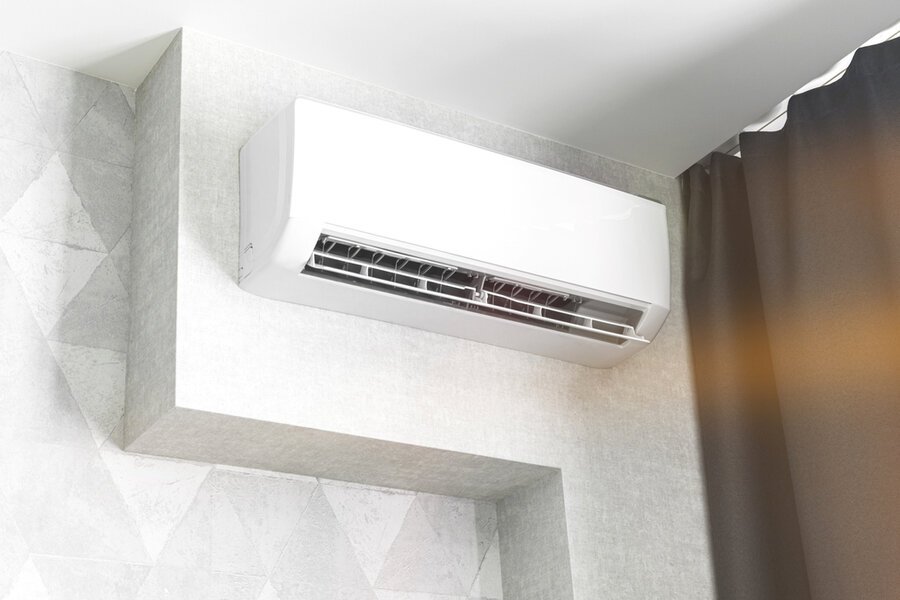
If you own a mini-split, you’ll inevitably have to deal with an issue due to faulty installation, inadequate maintenance, power failure, or poor service procedures. We hope this article has helped you understand why your mini-split might have a specific issue. While you can repair some issues, it is best to engage a reliable HVAC expert to inspect the problem and implement the appropriate repair.
However, you can avoid many common mini-split issues by following the tips provided in the article.
Frequently Asked Questions
Can I Fix Problems on My Mini-Split?
You can fix some mini-split issues by yourself, but in most instances, you’ll have to engage a professional HVAC expert to avoid worsening the problem.
What Is Causing My Mini-Split Not To Turn On?
Sometimes, the system might fail to turn on because an electrical cable is overtightened, loose, or damaged. Also, the remote’s batteries might have outlived their validity, or the circuit breaker might be off.
Why Does My Mini-Split Have a Weird Smell?
A mini-split might blow back weird-smelling air if it has a mold or mildew issue or the refrigerant leaks.

